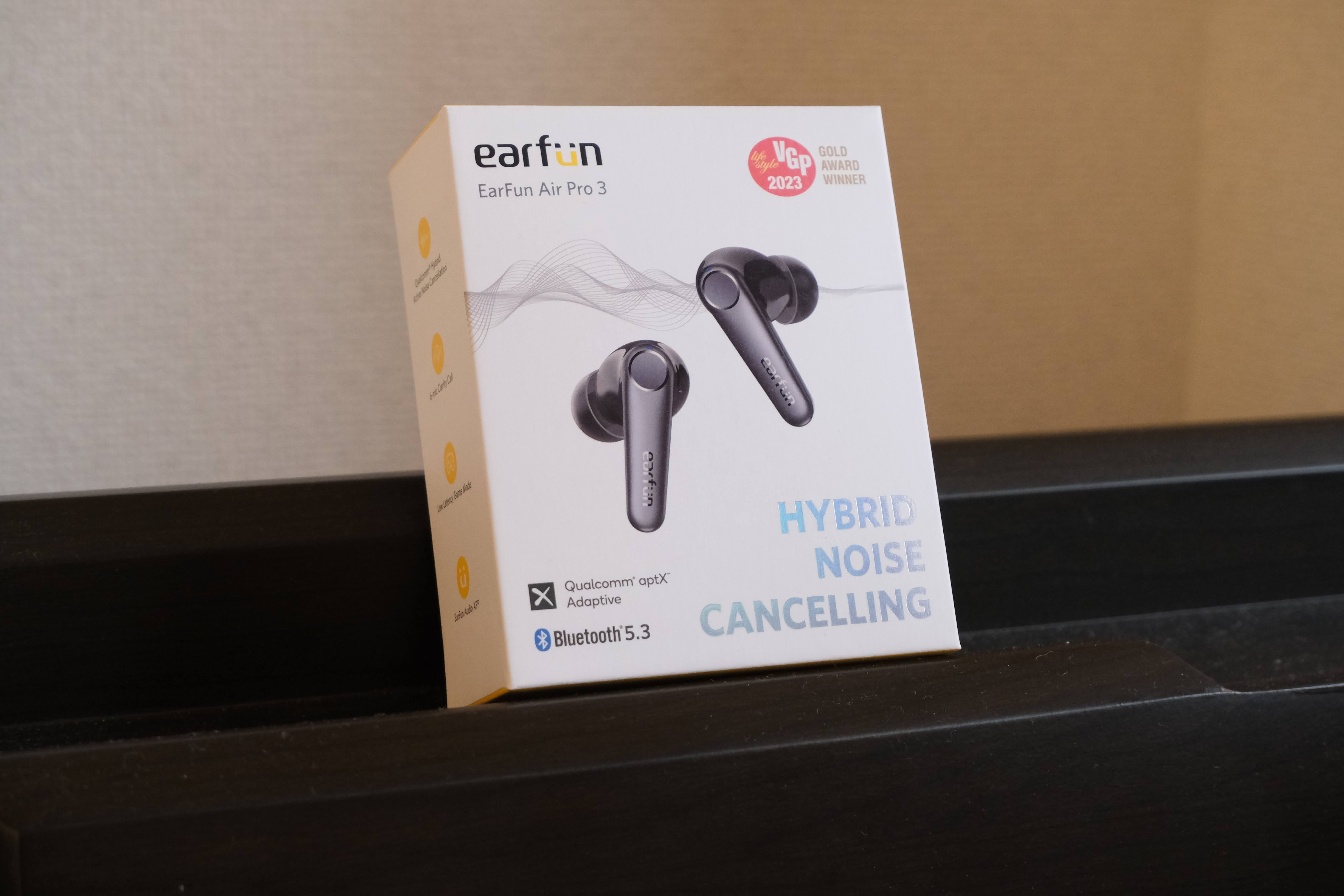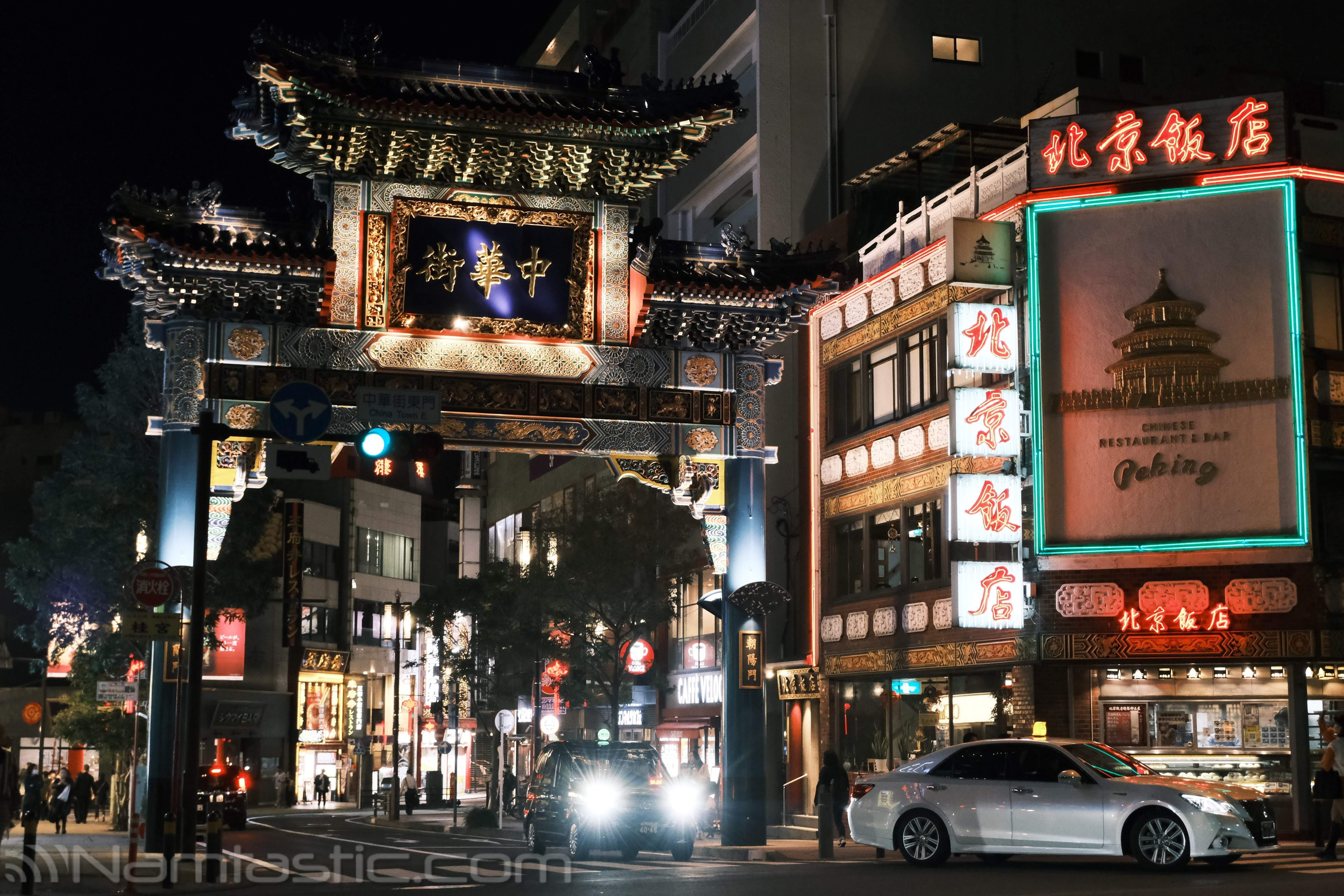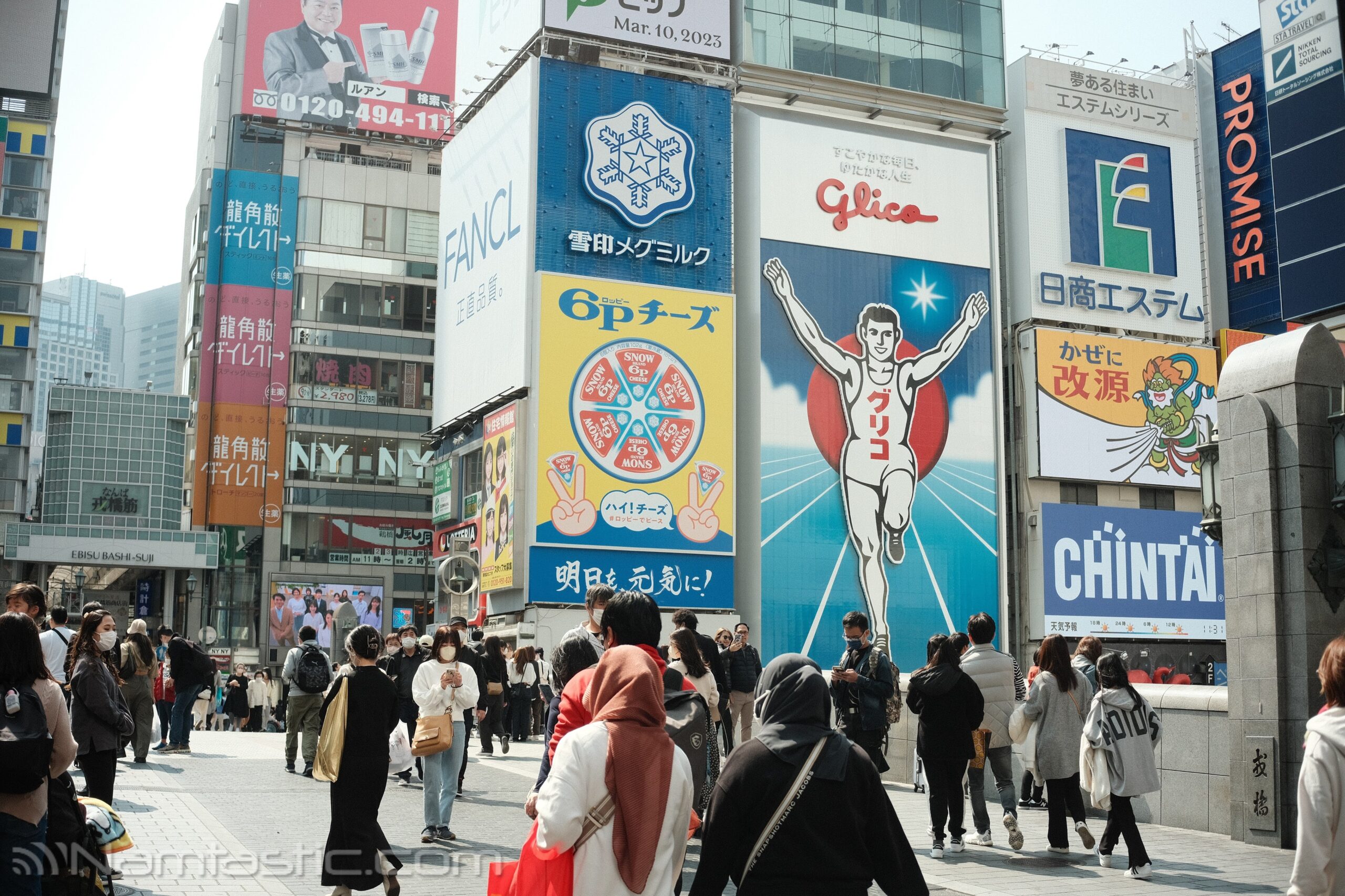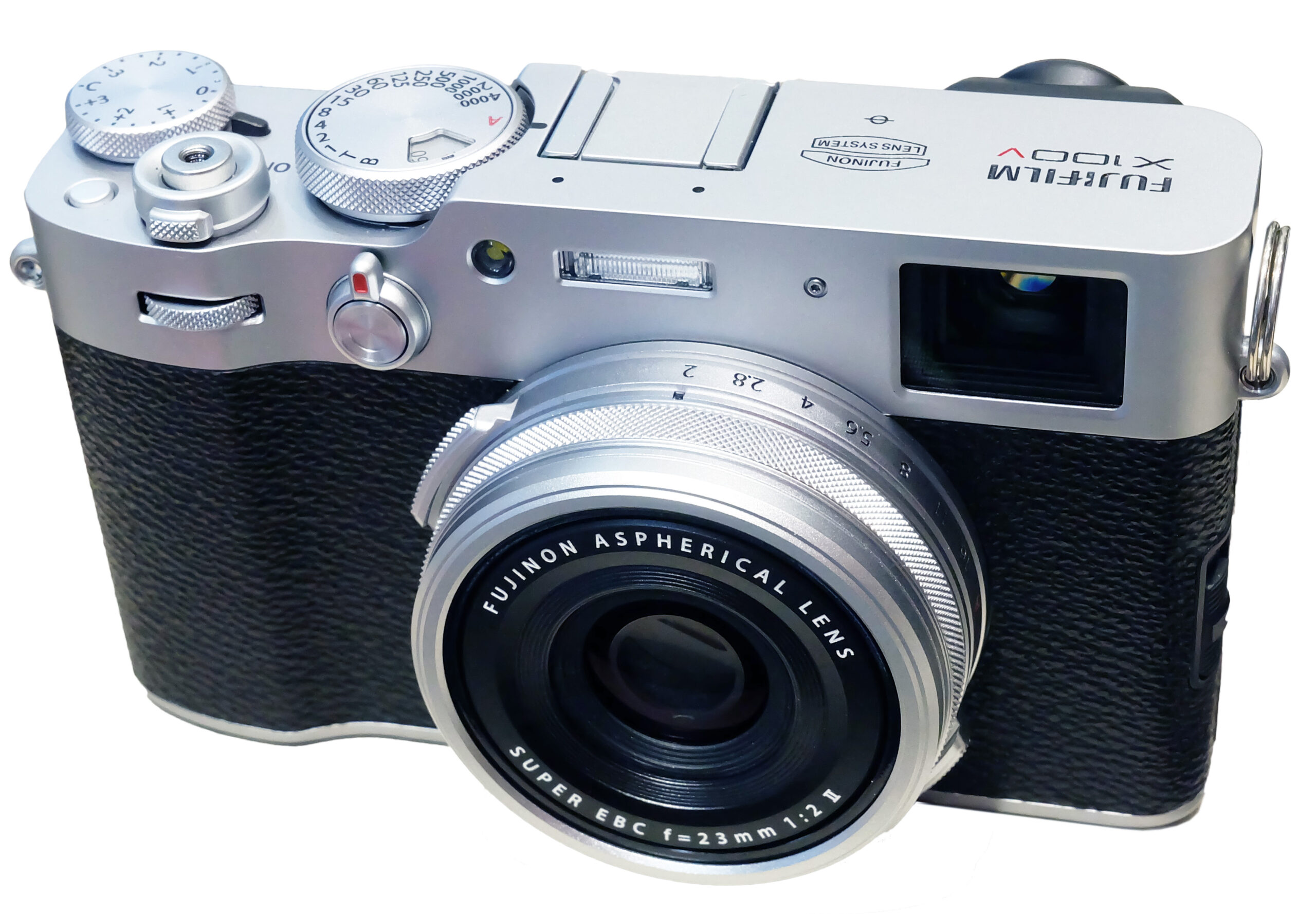SONY RX100 M3 Digital Camera Review
Table of Contents:
1) SONY RX100 M3 Digital Camera Review – Buying Decision
2) SONY RX100 M3 Digital Camera Review – for Street Photography
3) SONY RX100 M3 Digital Camera Review – for Portrait Photography
4) SONY RX100 M3 Digital Camera Review – for Long Exposure Photography
5) SONY RX100 M3 Digital Camera Review – for Landscape and HDR Photography
6) SONY RX100 M3 Digital Camera Review – for Video
1) SONY RX100 M3 Digital Camera Review – Buying Decision
In my photography priorities portability is critical. I want to maximise the opportunities I have to take photos with a camera I’m not tempted to leave at home. With the latest technology, SONY’s RX100 series makes an excellent balance between portability and photo quality.
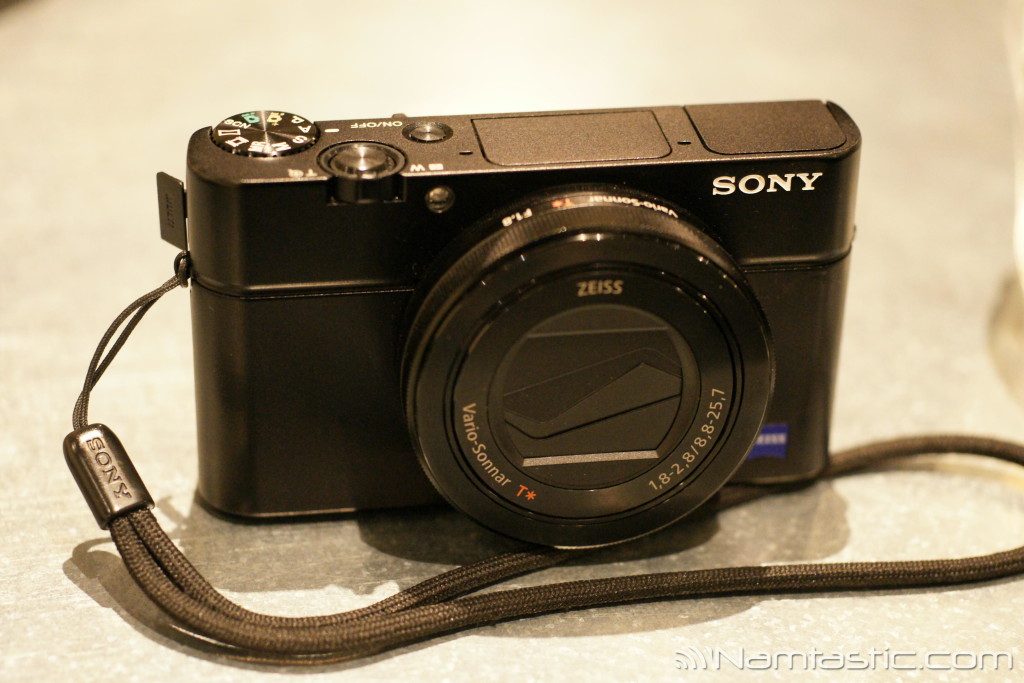
SONY RX100 M3
After photographing with compact digital and mobile cameras for years, I became interested in more artistic photography, in particular controlling depth of field. Thus, I started looking for a new camera that could take photos significantly better than mobile cameras. I mostly do travel photography, photos of people, places and food. However, I’m interested in trying as many different types of photography as possible including portraits, street, HDR, long exposure, macro, etc. For this reason I’m looking for a camera with all-round capabilities and manual controls. It doesn’t have to be the best in any type of photography, but if I can try as many types of photography as possible it will be a great learning tool.
These were my requirements looking for a camera:
- Portable enough to take with me everyday
- Better picture quality than any compact or mobile camera
- Full Manual control
- Lens fast enough to get background blur (bokeh)
- Price as economical as possible
What’s your budget?
The price might come last in most marketing, but as one of the most critical deciding factors, I’ll address it here early in my review. Please consult sites like Amazon or Kakaku.com in Japan for accurate prices, these are some ball-park figures to give you an idea. There are currently 4 different RX100 camera models all priced differently with varying features. The cheapest is the original RX100 Model1 available new for about USD $400. The most expensive is the latest RX100 M4 which costs about $1000. The M2 is about $500 and the M3 featured in this review, is about $800. Basically the SONY RX100 M3 is a high end compact digital camera, suitable for people who want manual controls and near DSLR quality digital photos while keeping a portable, pocketable body. I’ll go further into the features of this camera and comparisons to other cameras including DSLRs and mobile cameras in this review.
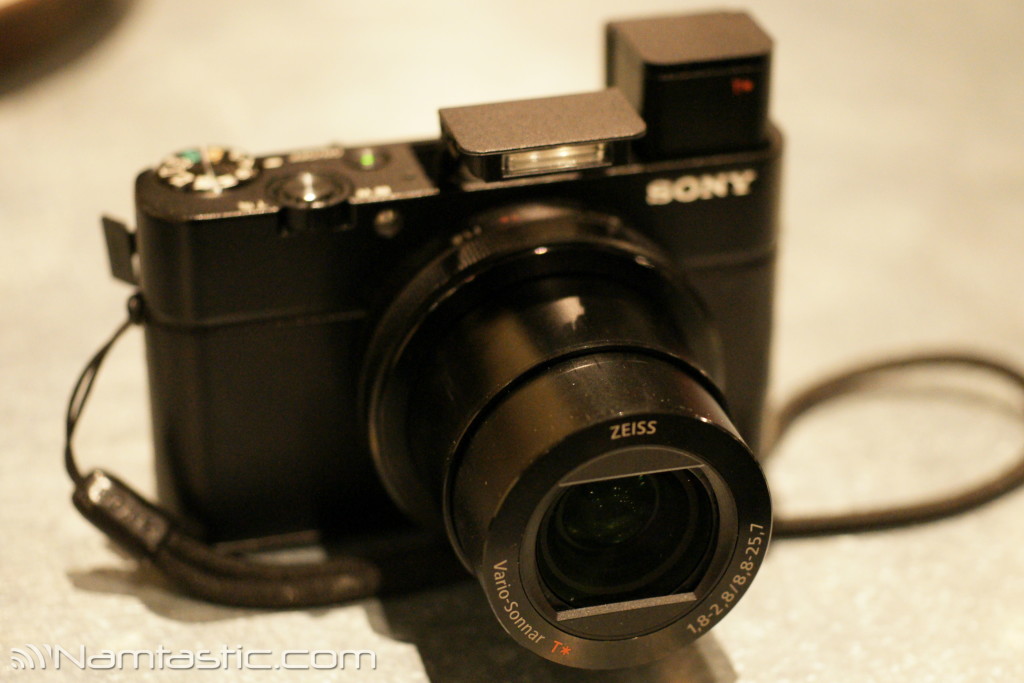
SONY RX100 M3 Flash and EVF Open
One inch punch
One of the most advertised specifications for digital cameras is megapixels, but more megapixels do not mean better image quality. The size of the camera’s sensor is much more important for picture quality. It’s important to know the size of the sensor on a camera before you make a buying decision. Generally larger sensors take better quality photos and are more expensive.
The RX100 is famous because of its one inch sensor (13.2 × 8.8 mm). The sensor is the same size in all RX100 models. From a professional standard, this is still a small sensor, but it is significantly larger than most compact cameras and almost all mobile phone cameras. As a result, the RX100 will produce brighter and better quality images than almost all mobile phone and compact digital cameras. The one inch sensor is smaller than most dslrs and mirrorless cameras with interchangeable lenses. Here is a comparison of camera sensor sizes on popular digital cameras:
| Sensor Format | Dimensions | Camera Examples |
| Full Frame | 36 x 24 mm | SONY A7
Canon EOS 5D Nikon D810 |
| APS-C | 23.6-23.7 x 15.6 mm (22.2 x 14.8 mm for Canon) | SONY A6300
Canon 7D Nikon D7200 |
| Micro Four Thirds | 17.3 x 13 mm | Panasonic GX8
Olympus E-M5 |
| One Inch | 13.2 x 8.8 mm | SONY RX100
Canon G9X Panasonic LX100 |
| 1/2 Inch | 6.4 x 4.8 mm | LG G5 |
| 1/2.3 Inch | 6.17 x 4.55 mm | Huawei Nexus 6P |
| 1/3 Inch | 4.8 x 3.6 mm | iPhone 6s |
Personally I don’t see the point in buying a compact digital camera with a sensor smaller than one inch because the photo quality is too close to mobile cameras. I can understand buying a camera with a larger sensor, but only if you’re serious about photography, particularly taking artistic photos that are not possible on a mobile camera. If you’re not, I say stick with your mobile phone camera because chances are it takes some amazing photos without any fuss and it’s portability is unbeatable since it’s always with you.
Is a Mobile Phone Camera enough?
I was happy taking photos with my phone until I started learning about manual controls on cameras, in particular isolating the subject with aperture control, or creating a pleasant blur in the background, also referred to as “bokeh”. If you want to get achieve a similar effect and use camera techniques beyond the ability of a mobile phone camera, the RX100 may be a choice for you.
I often compare my RX100 M3 with the leading mobile phone cameras. Mobile phone cameras are always improving and can take some amazing photos, but they fall short of the RX100 because of a number of reasons. Most notably mobile cameras have smaller sensors so they can not capture as much light information. They also have no optical zoom and no aperture control giving the RX100 a distinct advantage with artistic photos that simply aren’t possible to achieve optically on a mobile phone (some effects may be simulated digitally).
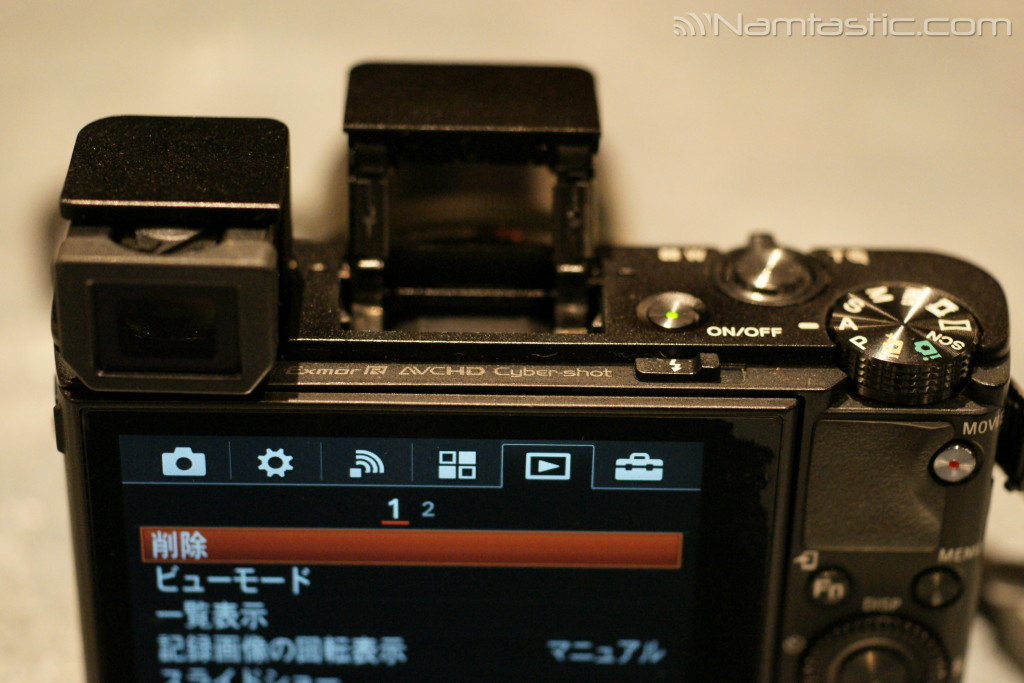
SONY RX100 M3 Flash and EVF Open, with LCD Display
Fixed lens – an economical decision
Getting a Mirrorless Interchangeable Lens Camera (MILC) like the Sony A6000 would mean I’d be tempted to buy more lenses increasing the financial burden. The RX100 has a fixed lens, so changing the lens is not an option. I’m very happy with the lens on the RX100M3, it allows me to take a wide variety of photos and videos such as landscapes, portraits, macro, and street photography. I’m sure a combination of different lenses on different cameras could take a better variety of photos, but all at a cost of money and bulk. My plan is to use my RX100M3 to its maximum potential. I want to get to a stage where I consciously know I’m pushing the camera to its max and I can’t possibly get a better shot unless I had different equipment. I’m a long way from there yet, but if I ever get there I’ll consider upgrading my gear.
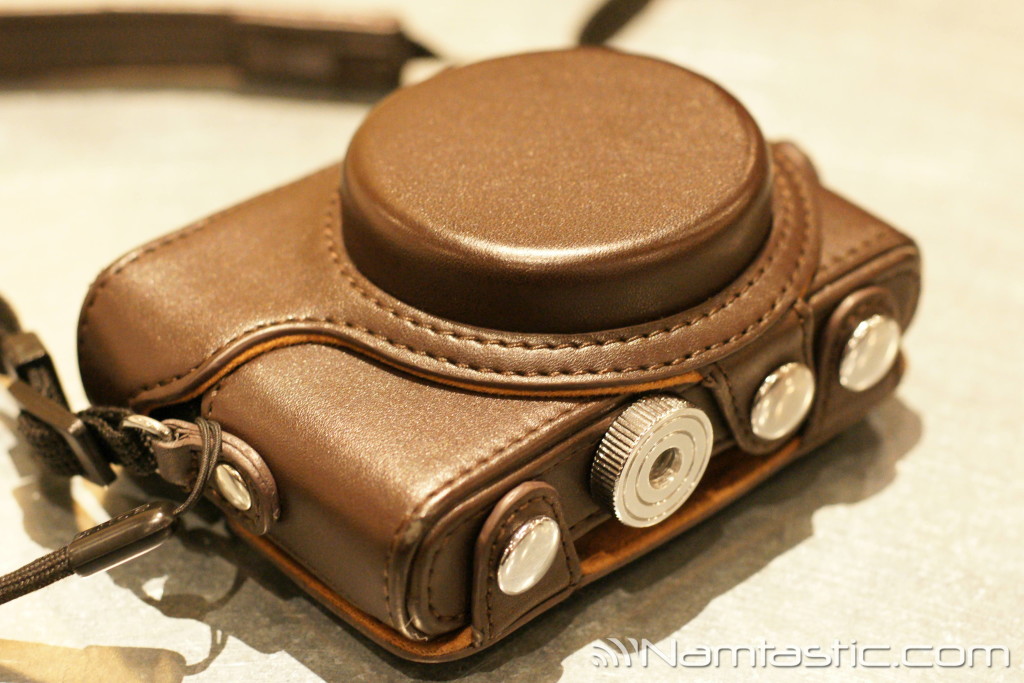
SONY RX100 M3 Digital Camera Case – ROWA Japan
Portability – The Deciding Factor
I was looking for a camera with manual controls and a decent sensor. However, one factor I thought was very important was portability. The camera would have to be compact enough for me to take everywhere without a thought. If it’s too big, I won’t take it with me and I won’t take pictures. This defeats the point of paying for a high quality camera.
I had the opportunity to try a SONY A6000 mirrorless APS-C and although I was impressed with the picture quality, the camera, even a small mirrorless, was still too big for my needs. Sure, the body is just about small enough to pocket, but with anything but a pancake lens on the front the rest needs a bag. I also like to protect my electronics with cases and a suitable hard case would add more bulk to the camera. I can always hang it around my neck, but then I look like “Mr. Photographer”, or “Mr. Camera man”. When I go to social events I want to have the option to take great, artistic shots I can share with people afterwards while at the same time not looking like “Mr. Camera man”. The RX100 series is pocketable. I can keep it in a jacket pocket, pull it out with one hand, shoot, and put it back in the pocket in an instant. Doing this it’s hard to notice the “camera man” because he only exists for a few moments.
The differences in quality between the SONY RX100M3 and SONY A6000 MILC are summarized well in this dpreview forum post.
With the standard kit lens I tried on an A6000, my photos were very close in comparison to my RX100M3. Even with a larger sensor, the bokeh wasn’t noticeably better to be shooting at the far end of the zoom, perhaps because of the slow minimum F5.6 aperture at 50mm. If I were to get an A6000, I would most certainly get one with a fast, prime lens to draw as much bokeh as possible out of that APS-C sensor. On top of that, the minimum focal distance of the kit lens on the A6000 (25cm at 16mm) is greater than that of the RX100M3 (5cm at 24mm), so the RX100M3 is better for macro photography including gourmet photos, flowers, etc. Not only can it get closer for more dramatic photos, but getting closer also allows the RX100M3 to blur the background further. Basically the kit lens on the A6000 reduces the advantage of it’s larger APS-C sensor making it inferior to the RX100M3’s fixed lens. I would definitely need to buy another lens, most probably a fast prime lens in order to make the A6000 more worthwhile than the RX100M3. However, another lens reduces portability and functionality. I don’t need to carry extra lenses for the RX100M3, I don’t need to fit them either, it just works. On top of that, the RX100M3 has an automatic lens cover. I’ve really grown to like this. Lens caps that need to be removed cost time. I need to be ready and prepared to take a photo with the lens cap off. With the RX100M3 I can have it in my pocket completely capped and protected, pull it out and take a shot as soon as it opens. No lens cap fiddling involved. Then I can put it away by pressing the power off button. No searching for the lens cap and fitting it back on.
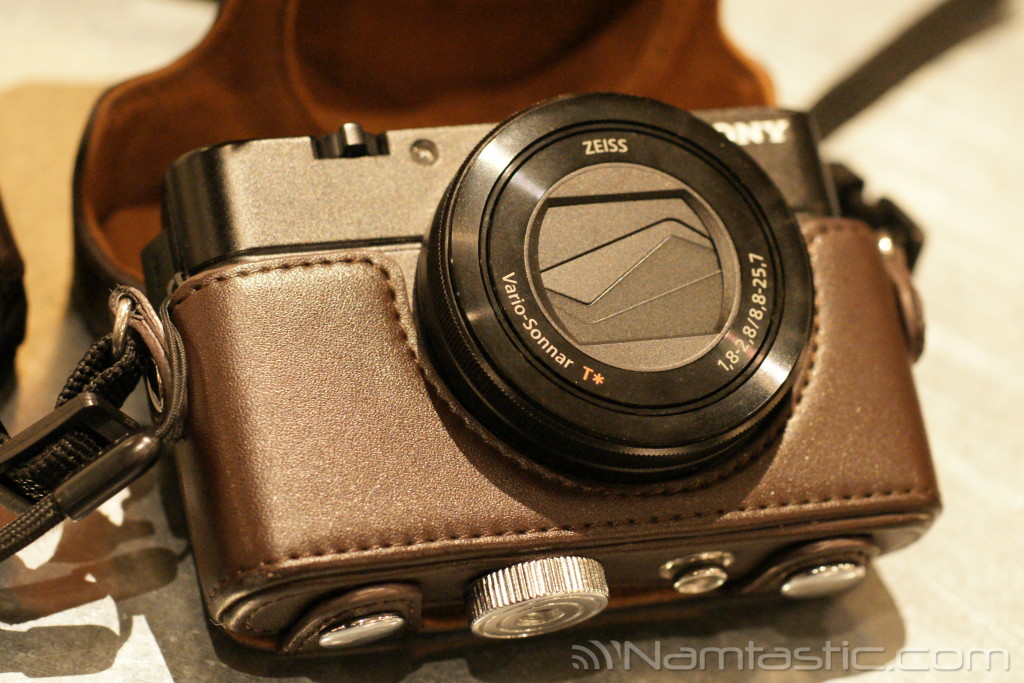
SONY RX100 M3 Digital Camera with ROWA Japan Case
Articulated LCD Screen and Selfie Power
The RX100M3 also has a significant physical advantage over the other SONY alternatives including the earlier RX100 models, the A6000 and A7. It has a flippable, articulated LCD screen for taking selfies and vlogs on the move. This a very useful feature that compliments the camera’s pocketable, compact size. The lack of a selfie cam was a dealbreaker for me on the A6000 and A7.
In addition to selfie-mode, the articulated LCD is also very useful for framing shots from an “On the ground” low perspective and an “Above the crowd” high perspective. I use both high and low perspectives often. A low perspective is great for photos of pets and a technique to get some foreground into shots. A high perspective allows you to shoot over crowds or get everyone’s face in on a large group shot. Your hands won’t be as either of these LCD techniques compared to a standard elbows-in viewfinder shot, so I recommend activating image stability.
Charging the battery via USB
One thing that is different about this camera since I used to have a Canon compact camera, is that it doesn’t come with a AC Battery Charger. Instead, you charge the battery while it’s in the phone via the USB port. This has a distinct advantage and disadvantage. The advantage is that you can charge the camera just like you would an Android mobile phone. If there’s a standard USB cable and a power source, you’re in luck. I often charge my camera on vacation with the same mobile battery that charges my phone and tablet. The disadvantage is that you can’t charge another battery ready and then switch it in. If you feel you need more than one battery, it may be worth investing in a separate AC battery charger so you can charge a battery while the other one is in the camera. If you don’t mind using the RX100 as a charger for both the batteries, you can save yourself an investment in that AC battery charger. I’ve found the battery life to be very good with this camera. I would only run out in a day if I did a lot of shooting outside (over 200 photos) and some long videos.
One notable thing about wear and tear is the plastic USB port cover. After only a month of using this camera, the plastic USB port cover broke and wouldn’t close. I didn’t think it was worth sending back to SONY for repair, so I just lived with it as you can see in the photos. On forums I have heard that this plastic port cover broke for other customers within 3 days of buying the camera. It is very flimsy in contrast to the great overall build of the camera. I think if it was a rubbery material it wouldn’t break so easily.
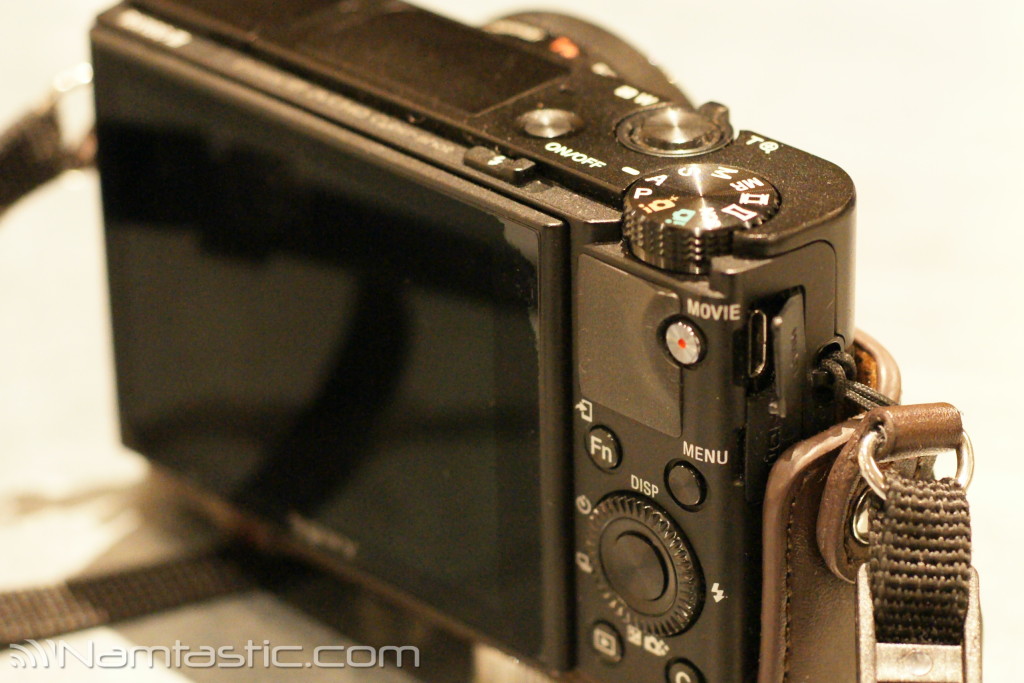
SONY RX100 M3 with USB plastic cover broken
Electronic View Finder (EVF)
An excellent new addition to the RX100 M3 was a pop-up Electronic View Finder (EVF). This was a key point in my buying decision. I never owned a DSLR and I was used to taking photos with an LCD screen on compact digital cameras and mobile phones, so I wasn’t sure about the need for a viewfinder. However, after using the EVF on the RX100 M3, I realise how important it can be and I’m glad I chose a camera with a viewfinder.
Advantages of a viewfinder over an LCD screen:
- Shooting in bright places
The main reason I use the viewfinder is simple. On sunny days it’s too bright to see the LCD screen. I also like to turn the LCD brightness down to preserve battery, making it more difficult to see in the sun. But, with the EVF on the RX100M3 I can accurately frame my shots even against bright sunlight. - Shooting in dark places
In dark places like a theatre or concert, the LCD screen can be exceptionally bright and distracting to others. It can also be too bright to look at when your eyes have adjusted to the darkness. There is an option to turn the LCD off completely and only use the EVF. I recommend this option for shooting in dark environments. - Shooting in social situations
If you’re taking photographs of people at an event like a wedding, holding the LCD out in front of you is an invitation for others that you’re taking a photograph and to look at the screen, or the camera. Using the viewfinder is more discreet allowing you to capture more unnoticed, natural candid shots. - Stability
When you use an LCD screen, you need to hold the camera far enough in front of you so you can see the screen. Using a viewfinder allows you to hold the camera right up to your face with your elbows in giving you better stability. When I want to get the best shot possible in low light situations I’ll shoot through the EVF. - Framing and accuracy
The EVF is exceptionally good for framing shots. Not only does it give me an accurate look what the sensor will capture in the current camera mode, but with one eye open I can scan things outside the frame and move quickly to capture fast moving subjects. - It looks professional
Finally, taking photos holding a camera out in front of you is one step behind looking like an amateur mobile photographer and two steps behind looking like an iPad photographer. It’s hard for people to take you seriously if that’s important for you.
If you found this review useful, please consider shopping on Amazon through this affiliate link.
1) SONY RX100 M3 Digital Camera Review – Buying Decision
2) SONY RX100 M3 Digital Camera Review – for Street Photography
3) SONY RX100 M3 Digital Camera Review – for Portrait Photography
4) SONY RX100 M3 Digital Camera Review – for Long Exposure Photography
5) SONY RX100 M3 Digital Camera Review – for Landscape and HDR Photography


